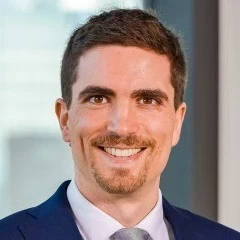Hi,
I am interviewing with McKinsey and prepping for the interviews. I have 2 questions:
1. When being asked follow-up questions later in the case, am I allowed to take a moment to structure my answer, or should I reply immediately? If not, any advice on how to improve the structure while thinking on your feet? I have immediately many relevant ideas in mind, but would want to be more structured when answering the question.
2. With brainstorming questions in particular, I have tried to improve my structuring by using generic categories, such as long-term vs. showt-term, internal vs. external, strategic vs. operational etc.. What other categories have you seen candidates use successfully to improve structure when brainstorming?



















